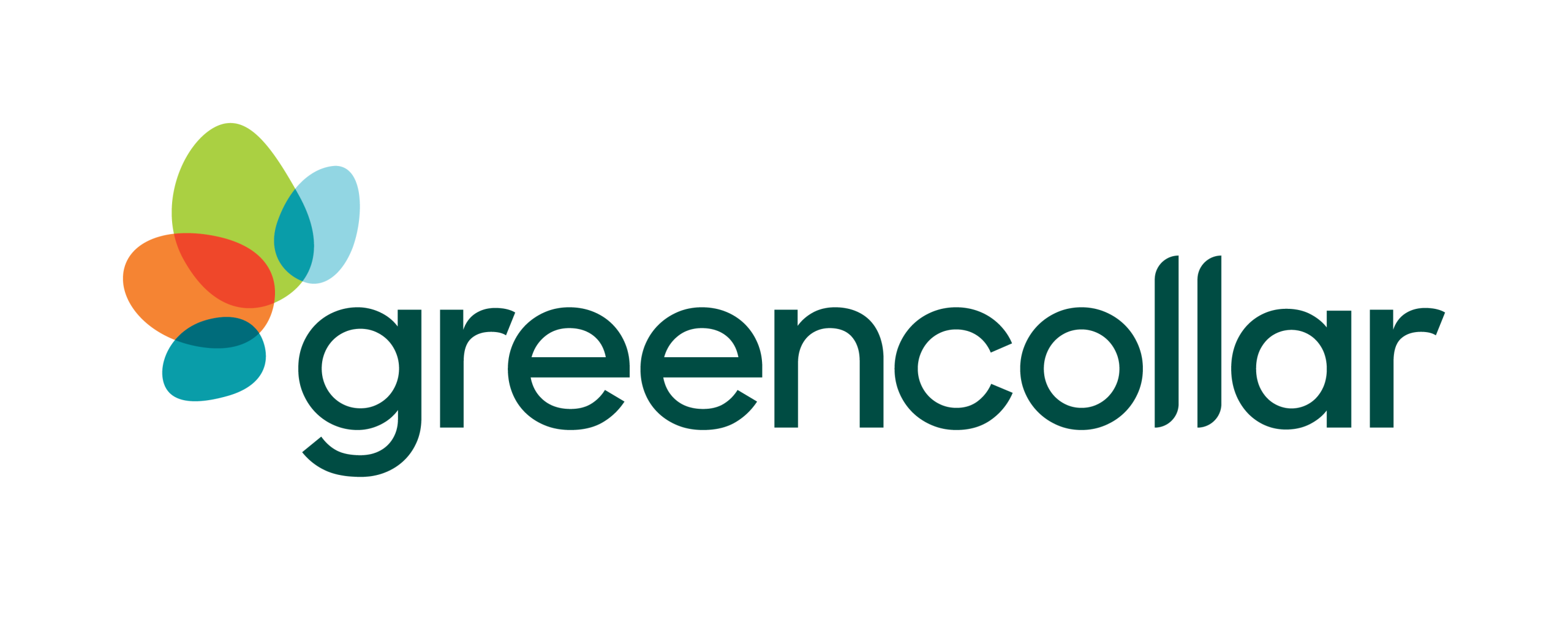In February 2022 the Australian government formally changed the conservation status of the koala from ‘vulnerable’ to ‘endangered’. It was a move that cemented the decline of this national icon from a healthy population ten years ago, to one that now sits on the brink of extinction across Australia’s east coast.
The plight of the koala, while swift, was not entirely unexpected. Koala populations on Australia’s east coast have been steadily declining since the late 1800s fur trade. In more recent years, they have been impacted by urban expansion and habitat destruction. It’s now estimated that 71% of koala habitat has been destroyed and just 32,000 – 58,000 koala now exist in the wild.
While changing the listing of koala to ‘endangered’ offers some protection, the critical challenge now is urgent restoration of habitat to support immediate survival and future regeneration of the koala.
The Solution – Koala Population and Habitat Method

GreenCollar recognises that existing funding models, relying on government grants and philanthropic investment, are insufficient to support the level of conservation needed to address this extinction crisis. Which is why our research and development team partnered with Worldwide Fund for Nature Australia and Queensland Trust for Nature to develop the Koala Population and Habitat Method.
The method, openly published for use in March 2022, enables koala population and habitat condition to be measured and reported under a scientifically rigorous and practical methodology. This allows efforts to reverse the decline in koala to be measured, benchmarked and tracked using a standardised condition score.
Changes in condition score provide visibility over outcomes, which increases confidence that real results are being achieved and enables investment to be channelled to projects that demonstrate measurable benefits for koala habitat and populations.
How it works
Using the widely respected Accounting for Nature Framework to assess environmental condition, the method measures two important indicators for the health of koala populations:
1) koala activity, presence and distribution and
2) habitat quality – a combination of extent and connectivity or core habitat, evaluation of threats that exist within habitat, food tree availability and forest structure.
The method targets Queensland and northern New South Wales where koala have shown sharpest decline and complements local government area guides to preferred food trees and state-based vegetation assessments. To be included, areas need to be greater than 100 hectares, or form a connected area of greater than 100 hectares within the same bioregion.
The method uses commonly applied scat survey techniques including monitoring defecation, animal scratching, footprints and food remains, to determine presence of koala, and benchmarks this against ideal population activity in each ecosystem.
Guiding informed decisions to protect koala
 Ultimately, the Koala Population and Habitat Method can be used to inform a range of decisions when it comes to land management and investment including;
Ultimately, the Koala Population and Habitat Method can be used to inform a range of decisions when it comes to land management and investment including;
- Identifying areas for improvement in land and habitat management, such as managing invasive species that impede movement of koala through the landscape
- Identifying healthy koala populations within a landscape and identifying areas of focus for conservation actions
- Tracking conservation efforts over time to provide confidence that genuine positive outcomes are being achieved as a result of investment
The Koala Population and Habitat Method is just one of the tools required to save this iconic species, and GreenCollar is proud to have played a part in bringing it to fruition.
Access the full method on the Accounting for Nature website here.







